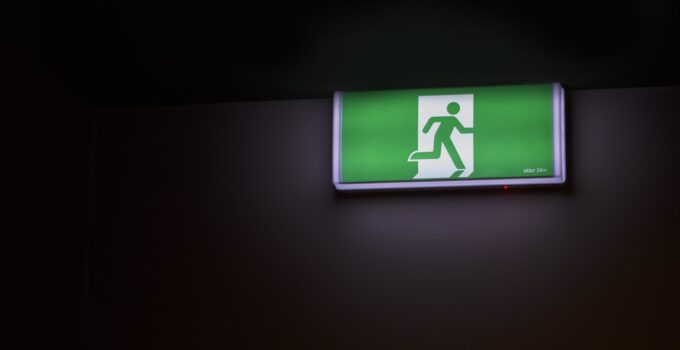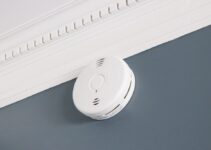Regular and correct inspection and testing of emergency and exit lighting systems should be a necessary practice for all public places and corporate buildings. It is important to ensure the safety of all the people present in a building during emergencies that might require immediate evacuation of a building. Such measures should be installed in buildings as well as be maintained and inspected at proper intervals to ensure that the system remains functional and helpful during an emergency.
There are some methods that one must follow while testing a place’s emergency and exit lighting systems so that proper and timely care of the whole system can be done. This can either be done in-house or with the help of a third party. There are ways for a business to hire another entity for Emergency Light Testing for which one can click here to know more. Besides this, there are some ways in which a complete inspection of emergency and exit lighting arrangements can be done by the members themselves. They are as follows:
1. Do A Visual Inspection Once In A Month
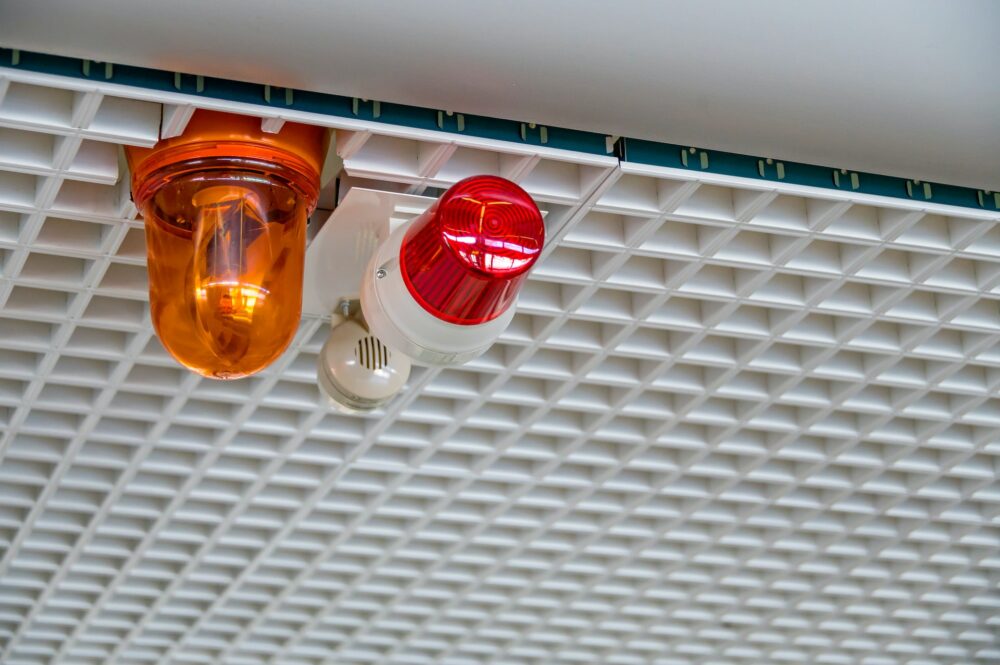
It is advised to do a visual inspection of the whole lighting system at least once a month. This can be done in a variety of ways. The simplest way is to look for any exposed or loose wire that might be hanging off in the whole circuit and ensure that it is put back in its required spot and that any damage in the circuit is fixed.
Besides this, a visual inspection also involves looking for any loose exit signs that might be hanging from the wall or ceiling and may not be mounted well. They should be fixed and put back in their particular place. Also, any water-related or weather-related damage on the walls should be taken care of. This also includes the use of any protective gear needed to protect the lights from such damage should be installed, especially in outdoor areas vulnerable to weather changes.
2. Check The Working Of The System
Alongside doing a visual inspection to check the physical state of the system, it is also necessary to check the working or functioning of the whole system. It is especially required to ensure that during an emergency, all the equipment functions in the way they are supposed to. These tests and inspections to check the working of the lights and signs can be done both on a monthly as well as yearly. There are ways to do it based on the system one has in place: some of the systems are self-testing while others might require one to test the functionality manually.
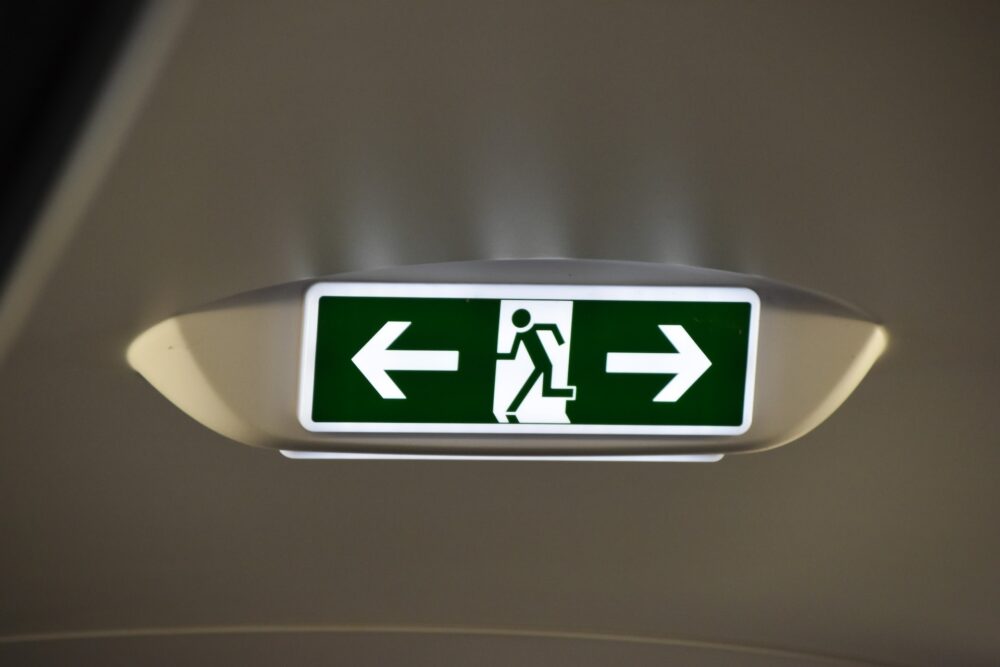
Source: unsplash.com
Manually Testing The Working System:
To manually test the functioning of the system, one should ensure that they are punctual about when they do such testing and for how long. To manually test the system’s functioning, it is a common practice to do so once every month for 30 seconds each. To do that, one should push on the ‘test button’. Doing so will lead to the interruption of the AC power and the emergency system would then be dependent on the backup battery.
In such a case, it is expected for the emergency lights to turn on and stay on for the 30 seconds that the button is being pushed. If the light in the system shows green continuously then the system can be said to be working fine, whereas if the light turns red, then there might have been a failure of some kind.
Self-Testing Of The Working System:
There are also emergency lighting systems which have a self-testing feature, which allows them to test the emergency exit lighting system automatically at regular intervals. Usually, such testing is done on a monthly as well as a yearly basis based on the set standards. Every month, the test takes place for 30 seconds whereas the yearly tests last for 90 minutes. This 90-minute test is fully functional as opposed to the 30-second one.
3. Check For Damage In The Inner Instruments
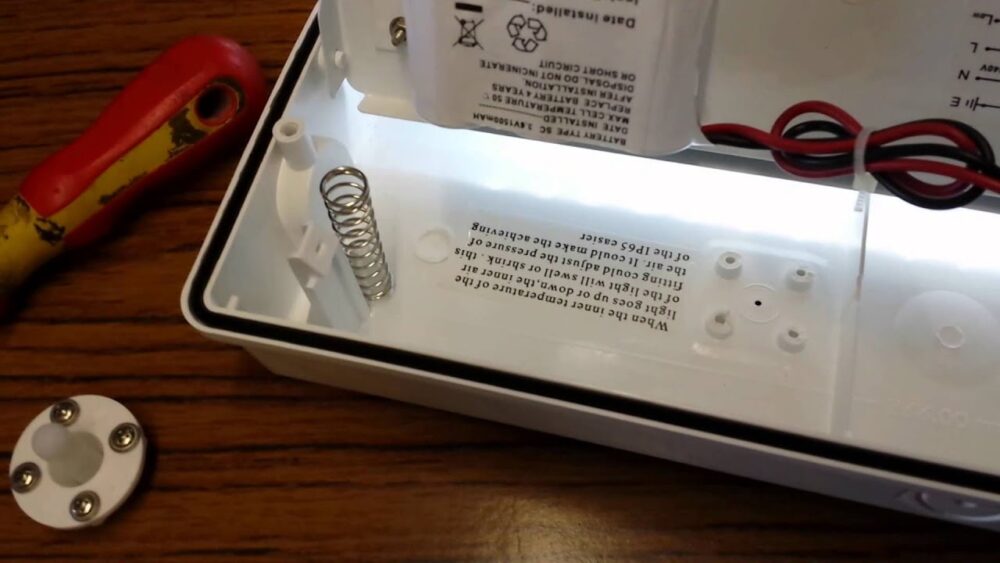
Source: youtube.com
Besides doing a visual inspection of the lights, wires and the surrounding areas, one should also focus on checking all the other instruments for any damage they might have faced. This can include checking all the batteries and the lens for any kinds of corrosion that might have occurred, looking for any damage in the charging system and the alignment of beams, etc. Having a thorough inspection of the same allows for easy pointing out of the instruments that might need to be repaired or replaced.
4. Specifically, Check The Batteries
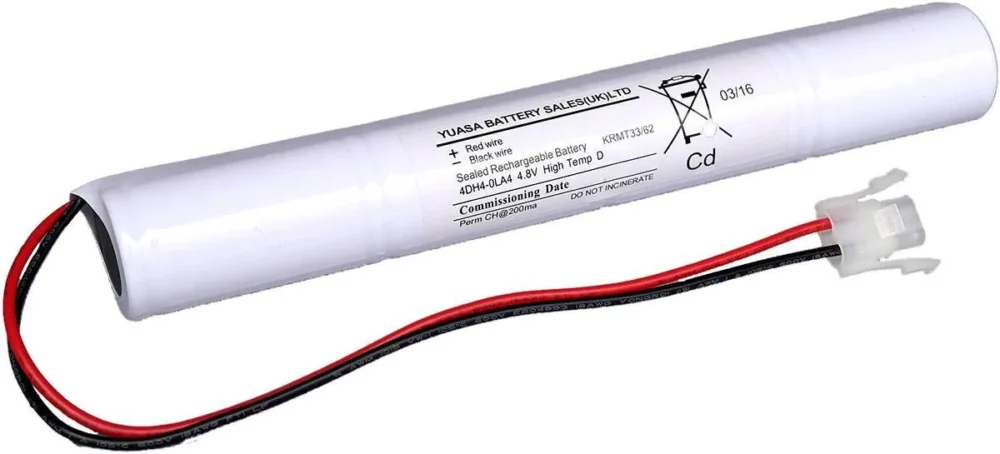
Source: lampshoponline.com
It is important to test the batteries and check their performance. This is because when frequent testing of a battery takes place, it seems to extend its life. Proper functioning batteries are necessary for the whole emergency exit lighting system to work correctly. Batteries can have a limited life overall. Due to the unpredictable nature of how batteries can act in different conditions like changing temperatures, etc., specific knowledge about the same is needed. This is why timely testing is advised to ensure that they can be replaced at the right time to not cause any problems in the future.
Conclusion
Just as it is important to install a fully functional emergency exit lighting system, it is also necessary to ensure that the system is kept in a functional condition. This is assured through the various processes of testing and inspecting the arrangement of such emergency lighting. There are different ways to do so and a thorough inspection is achieved by inspecting all the varied areas and parts of the setup.
This includes individually checking all the hardware encompassing the lights, wires, batteries, etc. This can be done by checking the functionality of the whole system through regular monthly tests. One should also look for weather-related damage to the batteries or any type of water-related damage that might have occurred to the lights to ensure that everything is functioning well.

